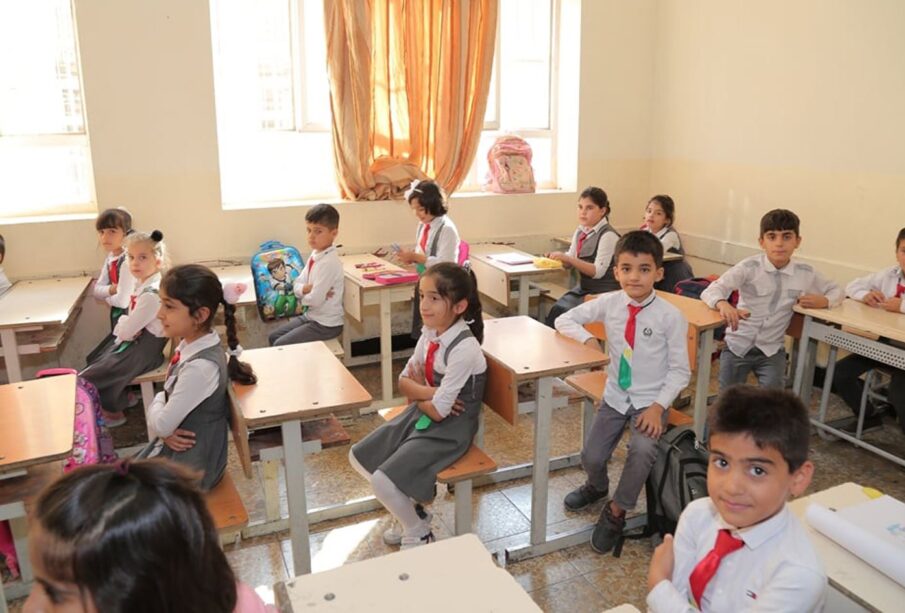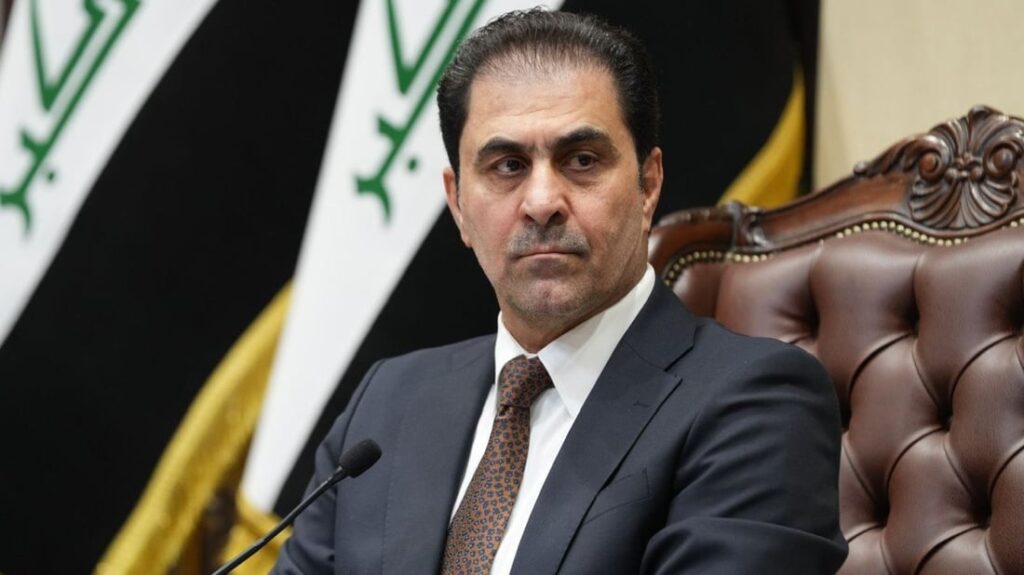Iraq: Household Debt in Iraq: Borrowing in a time of Crisis
1. EXECUTIVE SUMMARY
This study seeks to better evidence and understand the scale, terms, sources, uses, and social dimensions of household debt within conflict-affected communities in northern Iraq, with a view to inform ongoing and future CCI relief and recovery programming.
The research was carried out in two conflict-affected districts in the Ninewa governorate – Mosul and Tel Afar, representing urban and rural communities respectively, among female- and male-headed households eligible for multi-purpose cash assistance (MPCA). The key findings from the research are below. The recommendations for future programming are in Section 8.
Key Findings
• Household debt in Iraq is widespread, necessary, highly informal, and relationship dependent. The scale of household debt in two districts in Ninewa – Mosul and Tel Afar – is significant, with 79% of survey respondents in debt and with average debts exceeding IQD 3 million ($2,840).
• However, with low per capita incomes (especially among rural and female-headed households), and unreliable sources of income generation, most households struggle to fully repay their debt. It would take the average household 157 months, or 13 years, to fully repay their debt at current repayment rates.
• Urban households are significantly more indebted than rural households, however rural female-headed households have more debt than urban female-headed households and rural male-headed households, due to considerably lower incomes.
• MPCA recipient households had more debt than those who had yet to receive MPCA (or were borderline ineligible), suggesting households use their MPCA to both repay debt and secure continued access to credit, in line with earlier CCI research.
• Loans are predominantly given as cash, however 31% are given as goods on credit – here termed ‘material’ loans.
• The debt market is almost entirely informal, with loans sourced from family members, friends, and familiar local businesses, and are used by households to cover critical basic needs such as food, water, medical costs, and rental payments.
Those with loans from family members had, on average, 29% more debt than those sourcing debt from friends and businesses.
• Debt is seen by borrowers as a supplementary tool, which alongside income and humanitarian assistance is accessed and used when gaps in cash flow must be filled.
Very few households in these communities have loans through formal institutions, largely due to the lack of collateral needed to obtain institutional loans.
• Within this close-knit and informal network, having good pre-existing relationships with creditors is necessary to access debt. Lenders offer debt in part through a sense of communal obligation, but nevertheless need an established level of trust with the borrower before extending credit. It is the relationship that acts as a proxy for the established features of formal lending such as contracts. In short: the relationship between lender and borrower is the contract.
• Large initial loans and below- average repayment rates negatively impact the borrower-lender relationships. In these cases, households are not only in a situation of low incomes and scarce opportunities for work, but potentially lose their access to the informal support networks necessary to cover gaps in cash flow and so, meet basic needs.
• Even for those who reported sustaining good relationships with lenders, their debts are such that, without regular incomes or for those unable to work, government welfare, they face years of being indebted and relying on informal support networks.







